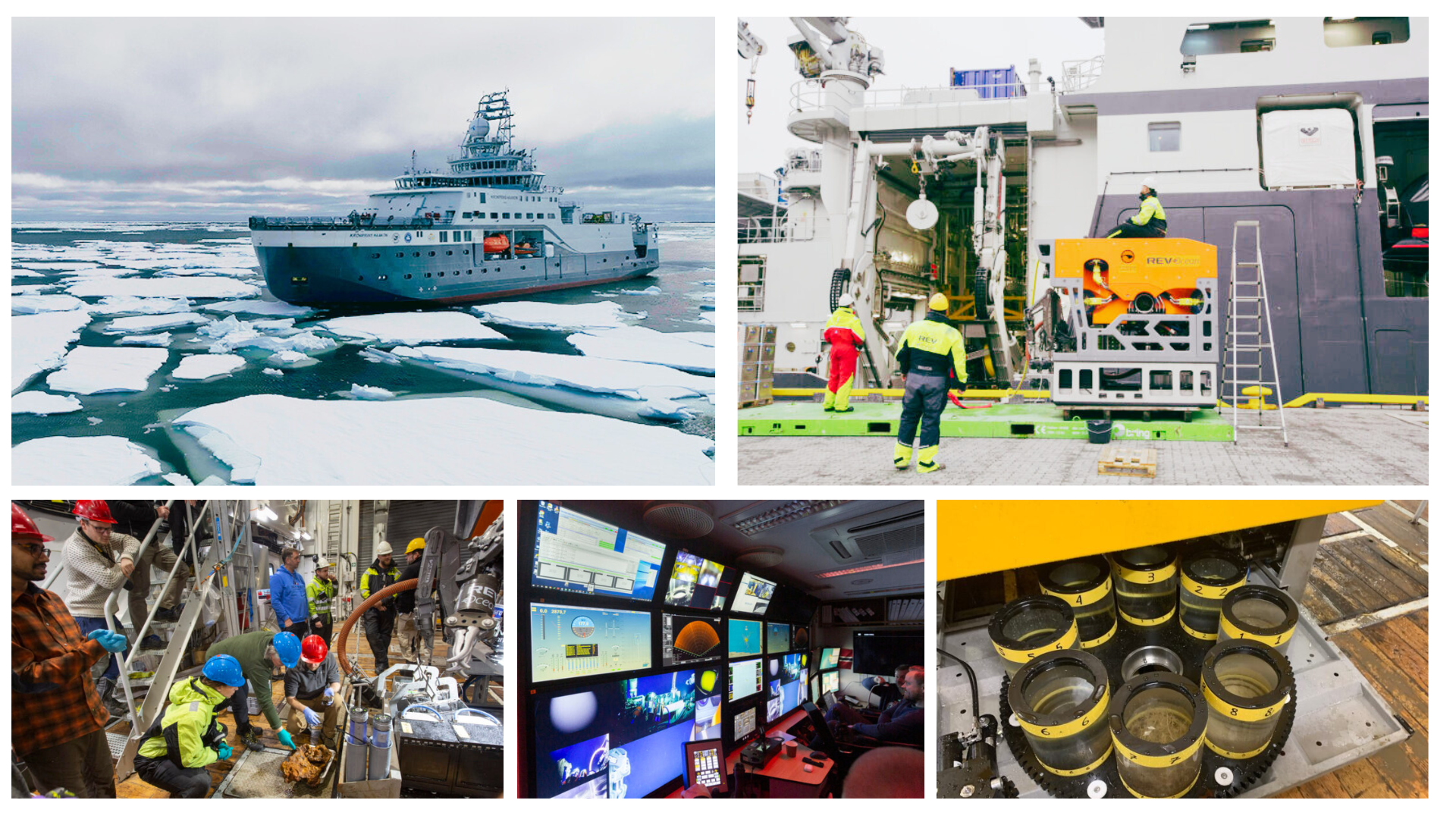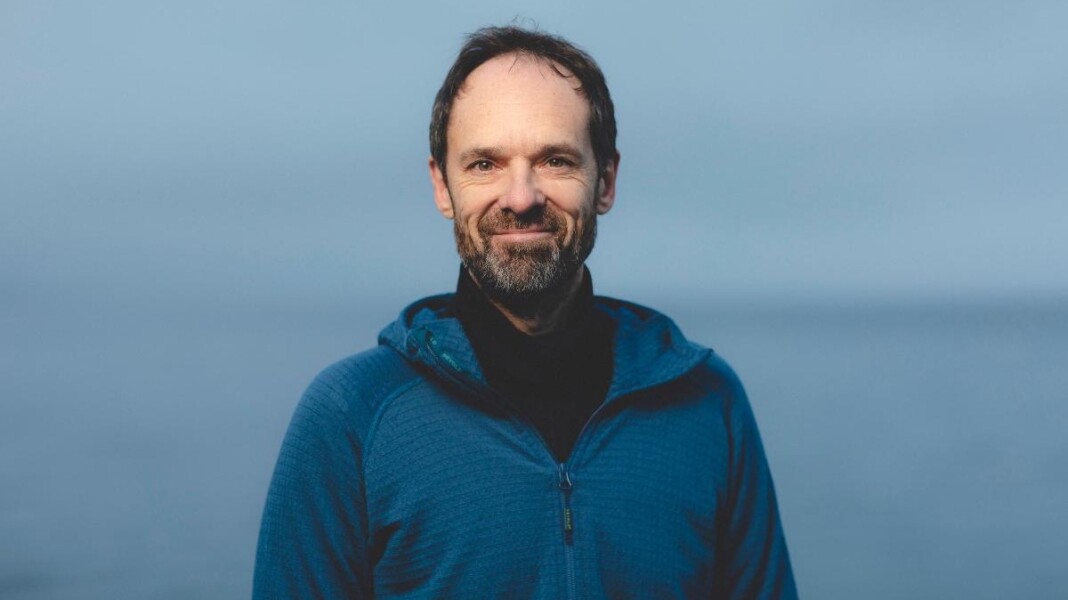
EXTREME 24 Expedition
The Ocean Census Arctic Deep Expedition marked the exciting launch of UiT's ambitious EXTREME24 mission.
.png)
Led by The Nippon Foundation-Nekton Ocean Census Alliance, UiT (The Arctic University of Norway), and REV Ocean, this pioneering expedition convened a multidisciplinary team of 36 scientists and media experts from 15 leading academic institutions. Together, they embarked on a journey to the deepest parts of the Arctic Ocean to document life in this extreme environment.
The Extreme24 expedition took place from May 3 to June 04. It made use of REV Ocean’s advanced deep-diving Aurora ROV and a skilled support team to conduct groundbreaking scientific exploration aboard the Institute of Marine Research’s RV Kronprins Haakon. The expedition sampled and filmed the remote and enigmatic marine environment of the Fram Strait passage between Greenland and Svalbard.

About Arctic Exploration
When we think of Arctic exploration, we often picture tales of ice-bound ships and daring adventurers. However, it's important to recognize that the true frontier for biological science exists thousands of meters below the surface.
As the ice sheets receded at the end of the last Ice Age, roughly 11,000 to 15,000 years ago, they revealed an Arctic seafloor that was frozen in time. This untouched landscape, now exposed, offers scientists a rare opportunity to study how life adapts to extreme environments over short geological timescales. The emerging ecosystems present a living laboratory for understanding the past and the future of our planet’s biosphere.

Professor Giuliana Panieri, expedition leader and Principal Investigator of the Extreme24 project said:
“It is exciting to return to the Borealis mud volcano again. Last year we had great success using Aurora ROV and working with the whole REV Ocean team. Now we hope to get even more detailed samples and improved images of this amazing deep-sea feature. I am excited to collaborate with a team of scientists and students from across the globe and with important institutions during this expedition, and proud that the knowledge we’ve gathered at UiT thus far has been instrumental in meticulously planning this voyage. The insights we gain will not only advance scientific understanding but will also be crucial for developing strategies to protect our planet”.


The Arctic deep sea, historically regarded as a crucial barometer for assessing the repercussions of climate change on the ocean's biosphere, is increasingly emerging as a focal point for deep-sea mining activities. As nations such as Norway commit to treaties for the exploration and extraction of resources, there is an escalating imperative to gain comprehensive insights into and safeguard these vulnerable ecosystems.
Jan-Gunnar Winther, Pro-rector for research and development at UiT The Arctic University of Norway and Specialist Director at the Norwegian Polar Institute, emphasizes the global significance of this research:
“The poles today stand out as extremely important for understanding climate change. Everything is connected. And that’s why if you study the polar regions, you also study the planet.”
Read more about “Extreme 24:Arctic Deep Expedition” HERE